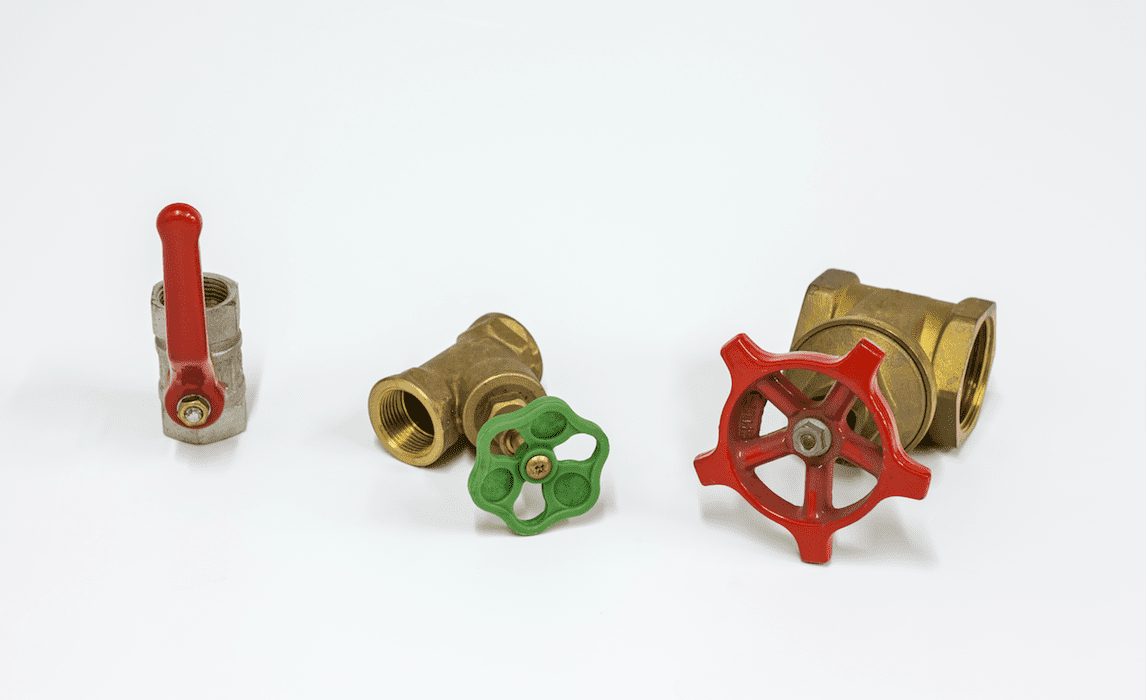Is Your Shut Off Valve In Good Working Order?

A shut-off valve is meant to save your neck in case of an emergency, such as if a pipe bursts or a fixture starts leaking. Water can pour pretty quickly into your home if that happens, so a shut-off valve, if used in time, can prevent a lot of water damage. If it doesn’t work, however, everything can go wrong pretty quickly. Here’s everything you need to know about shut off valves, and what to do if yours doesn’t work.
What Is a Shut-Off Valve?
When most people hear the words shut-off valve, they think of the main one, which stops the water coming into your home. This is your go-to defense against pretty much any plumbing catastrophe and should always be kept in good working order. Whether you have a leaking pipe, a broken shower knob, a busted water heater, or almost any other emergency you can think of, your shut off valve is what will save you from endless water damage.
Besides the main shut off, you also typically have shut off valves at every toilet, faucet, and appliance in your home. These shut off valves are perfect for any situation involving very localized issues. If you have a leaking dishwasher, broken faucet knob, or a toilet that won’t stop running, for instance, this small shut off valve will stop water flow to just that location while preserving water to the rest of the house.
Either way, any shut-off valve can mean the difference between a minor plumbing fix and major water damage, so it’s important to check these regularly to make sure they work properly.
Types of Shut Off Valves
The smaller shut off valves are typically just a small metal handle you twist to close the valve and shut off water flow. You can easily find an example of one next to your toilet. The main shut off valve, on the other hand, is usually a ball valve, identifiable by a large lever or handle, often red in color, that runs perpendicular to the pipe when open. To close it, you’ll turn it a quarter turn until it goes the same direction as the pipe. Some older homes will have a gate valve, which will have a small metal wheel, also usually red, which you turn to close the valve. If your home has a gate valve as the main shutoff, be careful, as these can break easily. It’s best to have it replaced with a modern ball valve as soon as possible.
What to Do with a Non-Working Valve
But what should you do if your valve breaks? The answer depends upon what the valve is actually doing. If it’s leaking, for instance, you could try grabbing a pair of pliers and tightening it up. If it’s stuck, you can try spraying it with WD-40 and letting it sit for a while before trying again, in the hopes that the oil will loosen up whatever is stuck.
If the valve is only partially closing, or if you can’t get it unstuck or to stop leaking, you’ll need to call a plumber to determine whether the valve needs to be replaced. A shut off valve that doesn’t close all way can’t do its job in an emergency and is liable to leave you with a house full of water.
It can’t be stressed enough how important it is to check your shut off valves occasionally! Finding out one isn’t working in a non-emergency situation is much less stressful and gives you time to get it fixed during normal business hours. Finding out it doesn’t work when you need it most is going to make a bigger problem out of something that could have been little more than an inconvenience.
Next Steps
If you’ve found a shut-off valve that isn’t working, call Shane Elmore Plumbing ASAP to get it straightened out. Our experienced technicians can assess the valve and determine whether it needs to be replaced. And because we know life happens and you aren’t always going to catch a problem during business hours, we also offer 24/7 emergency service.




